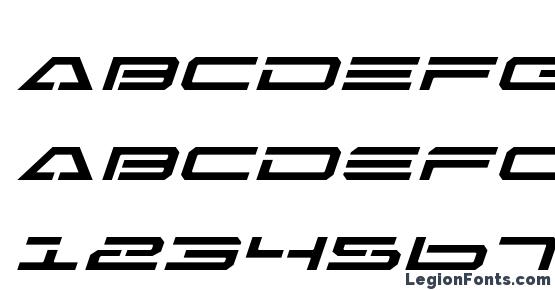
Any of these characters on the same row will access the same font.Ī frequent mistake in accessing the 10th font is to use the character 'A' rather than a keyboard character that has hex 'A' in the 4 low-order bits. The special and punctuation characters shown in hex rows A through F may be used.

This means that you must utilize characters on the hex rows A through F for the fonts 10 through 15. Traditionally the numeric characters of 1 through 9 are used for the FONTINDEX value, but, any character on the same row as these numeric characters will pull in the same font. Notice that with the default bit option of 4, only the least significant bits, listed vertically on the left of the table, are used. Ordinarily, printable (keyboard) characters such as the decimal digits 1 through 9 are used. This byte contains the value used to index into the font list. Also note that font and dynamic memory may limit the number of fonts, depending on the size of the fonts used and the FONTS keyin.Ī position in the print record is established as the FONTINDEX byte. The binary numbering scheme of the FONTINDEX bit-opt 7 extends up to 128 however, there is a 94-font limit on the printer which is documented in the 'Points to note for the FONT' statement. Each bit added to the bit-opt doubles the number of fonts which can be accessed from the font list: It can have the value of 1 through 7 however, it is used almost exclusively to access more than the default of 4 bits, that is 5 through 7 bits.
Fontbook limit full#
ZERO simply tells the printer to index into the font list beginning at 'zero' font, the first font which allows a full 16 fonts

Fontbook limit series#

See the Related Content for additional information.
Fontbook limit manuals#
The Standard EBCDIC and ASCII Character Set tables are available in any of the Printer Reference Manuals for the Character Code Assignment Tables. While it is not the purpose of this solution to explain the binary and hexadecimal number systems, some basic definitions are in order. The purpose of this Technical Bulletin is to shed light on how Xerox printers look at the fontindex position to index into a font list. For the sake of simplicity, only the 'relative to ONE' font counts are used in this bulletin.įONTindexing is explained in the reference manuals however, not all users completely understand what they are reading, since not all users know the bits and bytes of how data is represented in computer memory or external magnetic media. Note that these boundaries are really 9 or 10 and 15 or 16 fonts depending on whether one specifies in the JSL that the FONTINDEX is relative to ONE or ZERO.
Fontbook limit how to#
One of the most frequently asked questions over the years concerns fontindexing, specifically, how to index beyond 9 fonts and greater than 15 fonts.


 0 kommentar(er)
0 kommentar(er)
